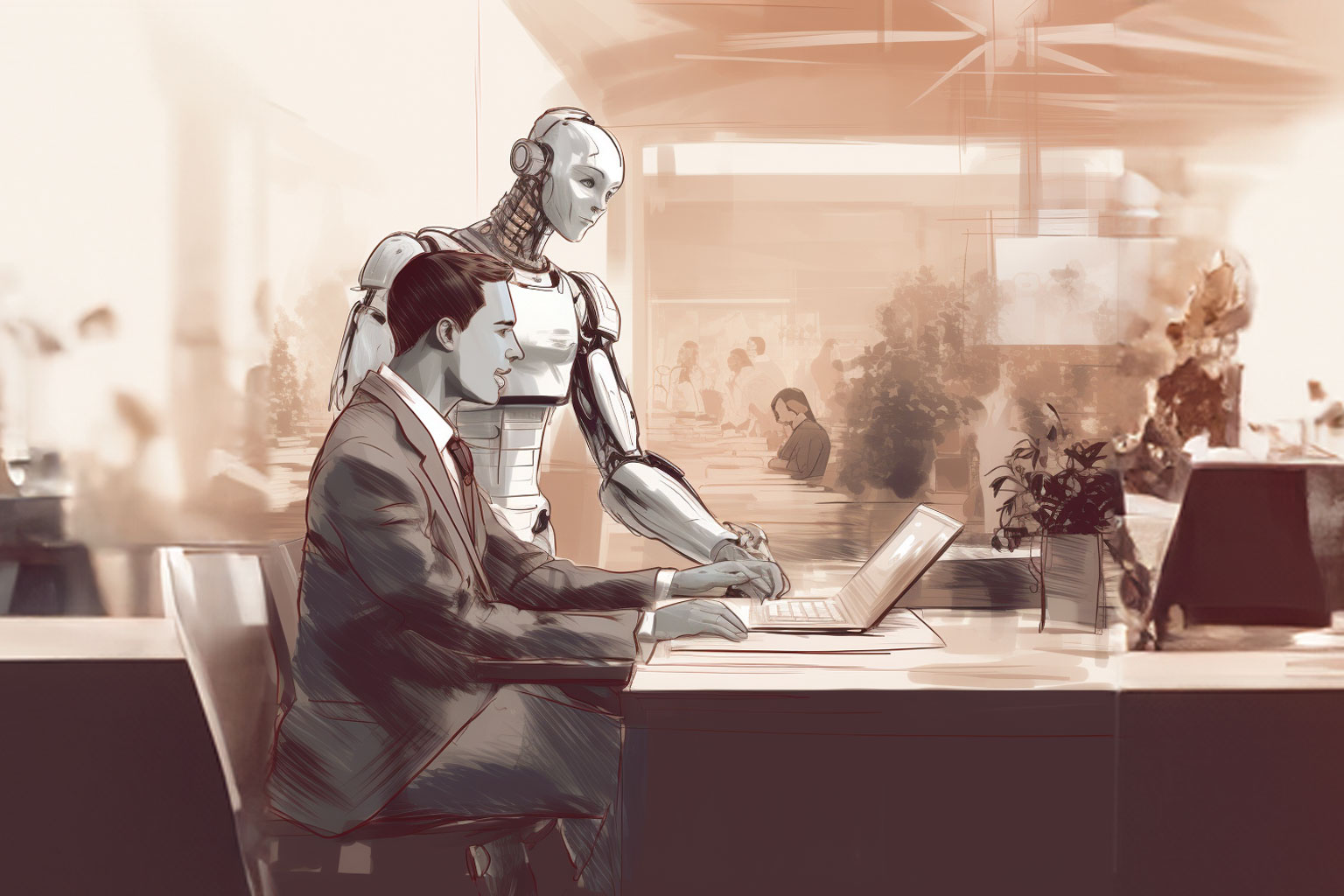The Cure for Burnout
We’ve seen in recent years that when people don’t feel valued or respected, they respond in various ways such as “quiet quitting” or “rage applying.” Many of us have even been there ourselves—felt so frustrated with a situation that we “phone it in” or aggressively look for something else. While neither of these responses are ideal, they are both symptoms of the same disease: burnout.
For all the talk of layoffs and insistence on physical offices, employees still face unrelenting burnout. Called a “human energy crisis” by Microsoft’s chief people officer Kathleen Hogan, the struggle to balance the demands of work and life continues to affect people around the world. Addressing stress and the psychological impact thereof ranks prominently among the Society for Industrial and Organizational Psychology’s current workplace trends.
Depicted in this video by Yahoo Finance, repeating snazzy buzzwords simply isn’t enough to alleviate this situation. Rather, we must put action behind words and truly acknowledge the needs of today’s workforce. Flexible workplace models, such as remote and hybrid, can significantly reduce burnout for many people. For the future of work in this redefining time, it is crucial that we consider individual needs to better help employees excel in both work and life.
A key driver behind burnout and opposition to flexible work is productivity paranoia—management’s fear that out of sight means out of mind. Yet by now we know that this isn’t so. People don’t need constant supervision to be productive. Micromanaging behavior has been shown to increase burnout while also decreasing productivity.
In this podcast, Google’s Dart Lindsley and Bree Groff of SYPartners discuss the importance of designing work not just around organizational needs, but human needs. It’s a point further emphasized by author Chris Bailey in this TED Talk. By addressing the psychological and emotional needs of our teams, we can transform the negative connotation of work into something positive–perhaps even enjoyable.
By sharing our focus between the needs of our organizations and the needs of our people, we can truly curb burnout and perhaps even end productivity paranoia. All it takes is being better humans to one another.
“Leadership is about empathy. It is about having the ability to relate to and connect with people for the purpose of inspiring and empowering their lives.”
― Oprah Winfrey
Do you have an idea you want to share with an empowered community of self-aware professionals? If you’d like to contribute an idea or article to ‘In The Flow of Work’ on the Evolve blog, just send us a message or submit a post to our Head of Content, Adam Schneider




